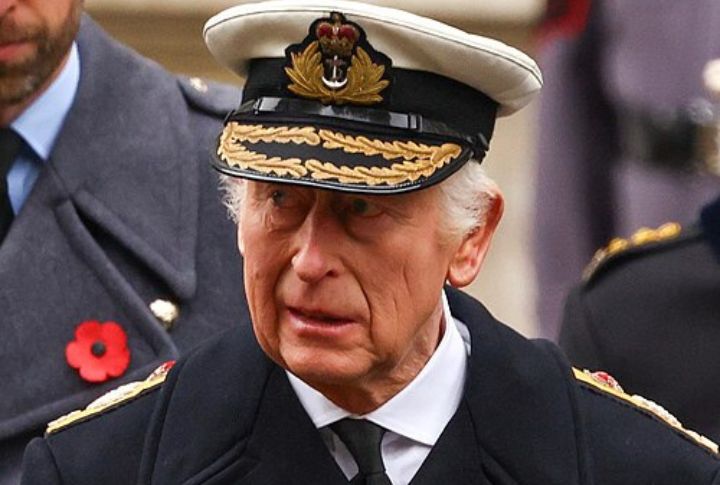
From the moment the parade turned into view, you could hear the soft applause rising through the crisp air of London’s Whitehall. On Sunday, November 9, 2025, veterans of WWII were greeted with cheers as King Charles III led the national tribute. You’re invited to read on and reflect—and maybe mark a moment of your own.
The Grand Service At The Cenotaph
Veterans arrived at the Cenotaph war memorial wearing medals and poppy pins as thousands of armed forces personnel and onlookers filled the steps and sidewalks. The king, in full field-marshal uniform, laid the first wreath, followed by his son in RAF uniform.
That ceremony tied a visible link between today’s generation and the one that fought in the war. The beat of drums, the bugle playing “The Last Post,” and the silence at 11 a.m. all contributed to a moment you could almost feel—as if the past reached into the present.
Celebrating The 80th Anniversary
This year’s observance carried added weight because it marked the 80th anniversary of the end of WWII in 1945. Among the veterans were about 20 who served in the Second World War—three of them took part in the D‑Day Invasion in Normandy.
Having these veterans present offered a live connection to history. When a 101-year-old soldier walked past, the crowd offered a sustained ovation. That applause wasn’t just for them. It was for the sacrifices of all who served.
Poppies, Silence, And Support For Veterans
The red poppy stood out sharply against the dark uniforms and the gray November sky, pinned proudly to thousands of lapels. When Big Ben struck 11 a.m., the bugle’s call faded into a hush that seemed to suspend time. For two minutes, the nation held its breath.
Leaders later spoke of renewed efforts to support veterans and their families, urging the public to honor sacrifice through continued action. That quiet moment was a reminder that gratitude, when expressed sincerely, must be lived as well as felt.
Five Details You Might Not Know About Remembrance Sunday
- The Cenotaph’s Origins: The Cenotaph in Whitehall was designed by Sir Edwin Lutyens and revealed on November 11, 1920. Built as an “empty tomb,” it honors soldiers who never returned home and has remained the heart of Britain’s remembrance ceremonies ever since.
- The First Two-Minute Silence: King George V introduced the two-minute silence in Britain on November 11, 1919, exactly a year after the Armistice. The entire nation paused together for the first time, setting a tradition that continues each Remembrance Sunday.
- The Wooden Remembrance Cross: Small wooden crosses topped with poppies or other symbols appear near memorials across the UK each November. Many carry personal notes or unit badges and are later gathered, with ashes taken to historical battlefields in tribute.
- London Poppy Day Tradition: London Poppy Day, held each year on the first Thursday of November, brings thousands of volunteers into train stations and public squares. The Royal British Legion organizes the event to raise funds for veterans and their families.
- A Global Act of Memory: Countries across the Commonwealth—including Canada, Australia, and New Zealand—observe their own versions of Remembrance Sunday. Each adds local touches, yet all share the same purpose: honoring those who served and sacrificed.
In The End, We Remember
As you pause now, consider observing your own two-minute silence or wearing a poppy in quiet tribute. Acknowledging these lives matters—it connects the past to the present, and sets the tone for future generations.

